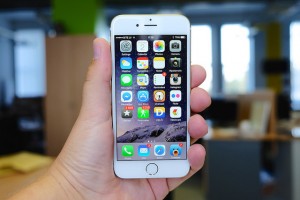If your brand appeals to a younger market you probably already know by now that mobile marketing is crucial.
The numbers are somewhat staggering. According to Pew Research Center an astounding 91% of teens ages 13–17 go online using mobile devices, at least occasionally, while 73% of teens own smart phones. This isn’t occasional activity either, as 92% say they are on the Internet daily, while 23% say they use the Internet ‘almost constantly’.
But businesses need to understand that when marketing to Millennials it takes more than just understanding that they have embraced mobile devices.
When you start your mobile application development make sure you take into account specific tendencies of your audience.
Pew Research Center’s research describes Millennials as wanting to forge a distinctive path, while past generations tried to fit in or ‘be cool’, Millennials like to do things their own way. Being less traditional than previous generations, research has found with Millennials that loyalty is harder to earn as they often question the norm. Often the traditional advertising tactics don’t get through to Millennials.
How then do you market to Millennials?
Go Visual
Teens love visual content and mobile apps that have focused on visual content such as Instagram or Snapchat are a big hit with Millennials.
Be Real
The content you deliver needs to be real. Contrived efforts to impress them may not only fall flat but can backfire in terms of a social media backlash. Millennials respond negatively to things that feel fake.
Think Mobile First
Given the overwhelming importance of mobile to Millennials it is essential that your marketing is mobile-friendly and and that you take a mobile-first approach with content. If you are not preparing for your content to be viewed on a mobile device it might be displaying poorly and turning away perspective customers.
Some exciting examples of a using these principles are provided by Snapchat.
Stories, which is Snapchat’s most popular feature, lets users to string together a collection of photos and videos into a longer-form format that is a mix of user generated and brand generated content. Snapchat has also created Discover which showcases curated material from media publishers, like an interactive news magazine inside Snapchat. Each outlet releases a daily bulletin with a limited amount content that users can view or skip. This makes for an exciting opportunity for advertisers that might change the way many approach mobile advertising. Discover is built to showcase a blend of content, including images, video and what they call gorgeous ads.
Photo: http://bit.ly/1QlOTup





